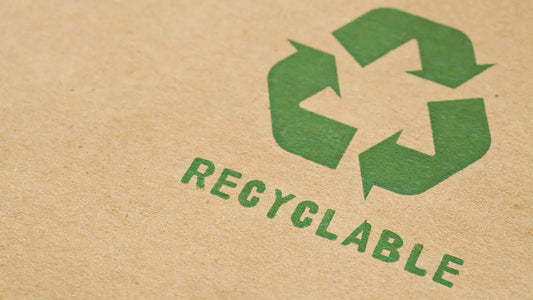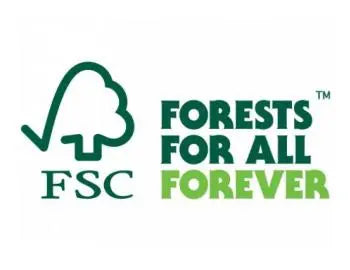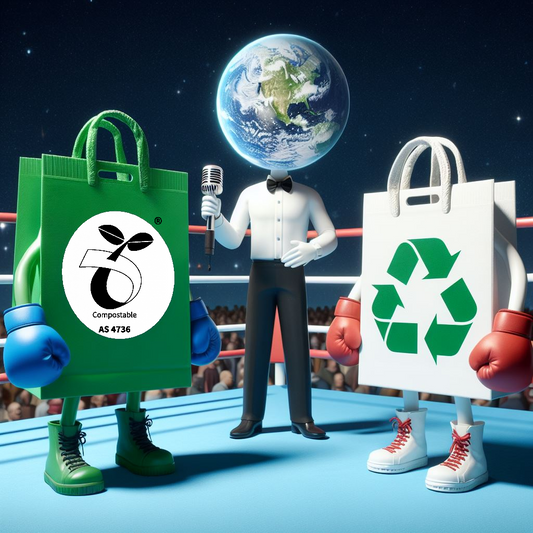Recycling has become a hot topic in recent years due to the growing awareness of environmental concerns. Many people have started to make conscious decisions, such as recycling paper and cardboard, to help reduce the negative impact on our planet. Recycling has been promoted as the key to mitigating environmental problems such as climate change, loss of biodiversity, and pollution. However, is recycling paper and cardboard the best option when it comes to being environmentally friendly?
Paper products make up a significant portion of the public solid waste that ends up in landfills every year. Recycling paper and cardboard reduces the amount of waste going into landfills and saves trees from being harvested. Paper is one of the most frequently recycled materials, and it's easy to recycle because it can be used to make new paper products over and over again. Recycling paper and cardboard also saves energy because the production of new paper products requires more energy than recycling paper.
However, recycling paper and cardboard has a downside. The process of recycling paper involves using chemicals, water, and energy. The process generates wastewater, which can contain pollutants that harm aquatic ecosystems when discharged into rivers and streams. The recycling process also requires energy, which means that recycling has a carbon footprint. This carbon footprint is smaller than the carbon footprint of producing paper from scratch, but it's not zero.
Another issue with recycling paper and cardboard is contamination. Contaminated recycling can be a big problem. Contamination can be anything from food waste to plastic bags and Styrofoam. Contamination can make it challenging to separate the paper from other materials and can be enough to render the paper unrecyclable. Recycling facilities have to screen the materials carefully, which can be costly, and when the materials are too contaminated, they are sent to landfills.
Moreover, the recycling industry exports many recyclable materials to other countries, because there isn't enough domestic capacity to process these materials. This reliance on exporting recyclables has raised concerns about whether recycling is really as "green" as we thought, as there are environmental impacts associated with transporting and processing these materials overseas.
Conclusion:
Recycling paper and cardboard can be an essential way to reduce the amount of waste we produce, save trees, and reduce the carbon footprint of creating new paper products. However, like any environmental issue, the topic of recycling isn't black and white. And if we take into consideration that less than 60% of paper is recycled it’s not the greatest of options. Coupled with the fact that trees take a long time to grow and the potential corruption within the FSC there are better alternatives to consider.
The recycling process has a carbon footprint and requires energy, which means that we need to be mindful of the recycling process’s environmental impact. Contamination is also a real issue in the world of recycling, and consumers need to be aware of what is acceptable for recycling when ensuring their recycling material is clean. While recycling paper and cardboard is a viable option for being environmentally friendly, we also need to consider other environmentally friendly alternatives for a sustainable future. As we navigate our world into a greener, more sustainable future, we can all do our part by staying informed, mindful, and engaged.












0 comments